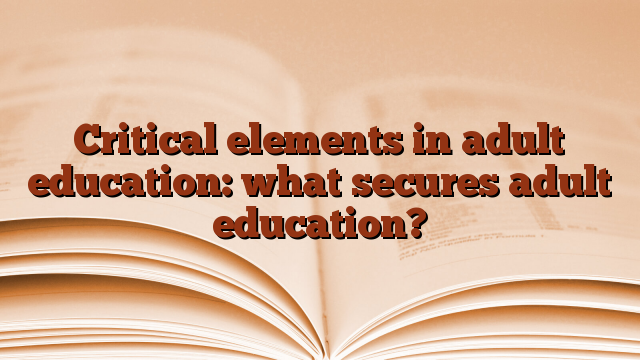When you have the honor of sharing your knowledge with large groups of professionals, you want your audience to get the most value out of what you have to share. Can this be achieved simply by speaking clearly and wearing a red tie? Might not.
For adults to have an optimal learning experience, these four elements must be present:
- motivation
- reinforcement
- retention
- transmission
You can motivate adult learners in:
- Social Relationships: The learner knows you and looks up to you and wants to learn from you.
- External Expectations: The learner believes that you can meet their expectations because someone with formal authority made the recommendation.
- Social Assistance: They receive information from you that will allow them to improve their ability to serve humanity.
- Personal Advancement: You can help them or give them information on how to gain higher status in the job and secure career advancement.
- Escape/Stimulation: to drive away boredom.
- Cognitive Interest: Learning for the sake of learning, to satisfy an inquiring mind.
Adults are generally willing to engage in learning experiences before, after, or even during actual life transformation. Once adults are convinced that change is a certainty, they will engage in any learning that promises to help them cope with the transition.
Adults who are motivated to seek a learning experience do so primarily because they have a use for the knowledge or skill sought. Learning is a means to an end, not an end in itself. Increasing or maintaining one’s self-esteem and happiness are powerful secondary motivators for engaging in learning experiences.
1. Motivation includes:
- Set a feeling or tone for the lesson. Trainers should try to create a friendly, open atmosphere that shows participants that they will help them learn.
- Setting an Appropriate Level of Concern. The level of tension must be adjusted to the importance of the goal. If the material is of great importance, a higher tension/stress level should be built up in the lesson, but learning is best done under low to medium stress; When the stress is too high, it becomes a barrier to learning.
- Setting an appropriate level of difficulty. The level of difficulty should be set high enough to challenge participants, but not so high that the information overload frustrates them. The instruction should predict and reward participation, culminating in success.
2. Reinforcement:
- Positive reinforcement is typically used by instructors teaching participants new skills. As the name suggests, positive reinforcement is “good” and reinforces “good” (or positive) behavior.
- Negative reinforcement is typically used by instructors teaching a new skill or information when attempting to change behaviors. The result of negative reinforcement is extinction – that is, the trainer uses negative reinforcement until the “bad” behavior disappears or is extinct.
- Reinforcement is not a matter of course!
3. Storage:
- The trainers’ job is not finished until they have helped the learner retain the information. In order for participants to retain the information being taught, they must recognize a meaning or purpose for that information. They must also be able to understand and interpret and apply the information.
- The level of retention is directly affected by the level of original learning.
- Participant retention is directly affected by the amount of practice during learning.
4. Transmission, the biggest step. is most likely to occur when:
- Participants can relate the new information to something they already know.
- The participant’s level of original learning was high.
- The newly learned information contains elements that are extremely useful (critical) for the work
Summary:
- The adult learner is primarily responsible for his own learning. Remember, instructors do not have the power to implant ideas or transfer skills directly to the learner. You can only suggest and guide.
- A trainer’s primary responsibility is to manage well the process by which adults learn.
- Learners need to be encouraged to use their own judgment and decision-making skills.
Thanks to Susan Gove | #Critical #elements #adult #education #secures #adult #education

Leave a Reply